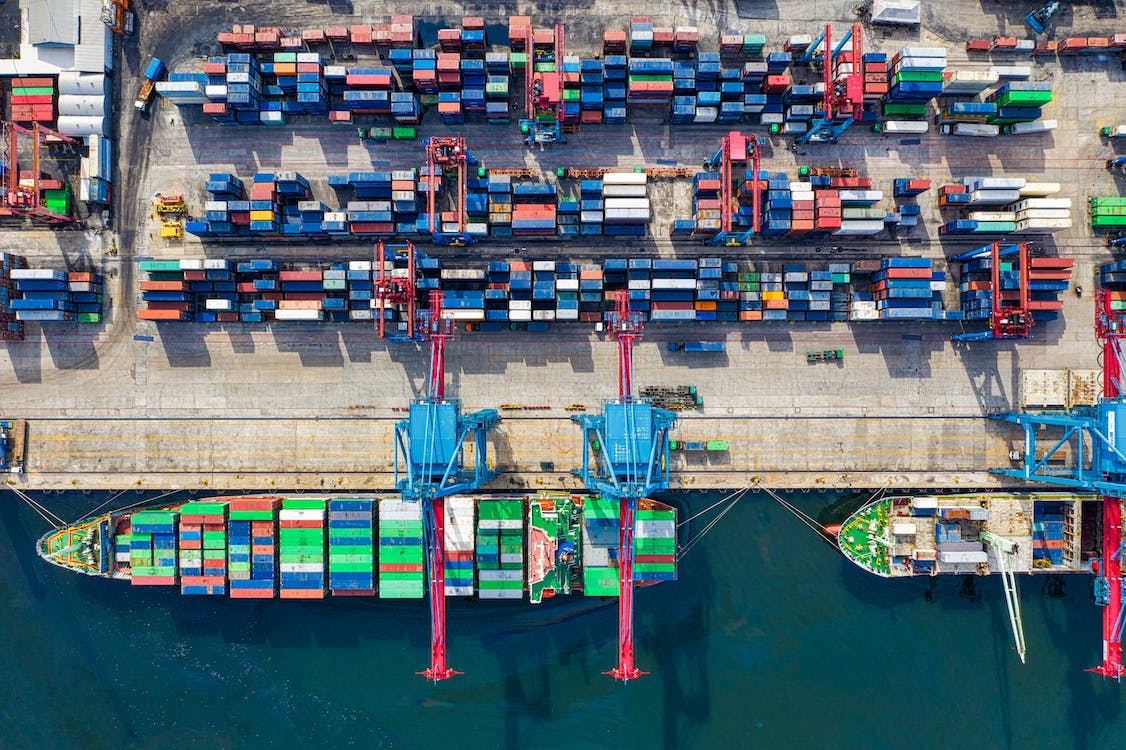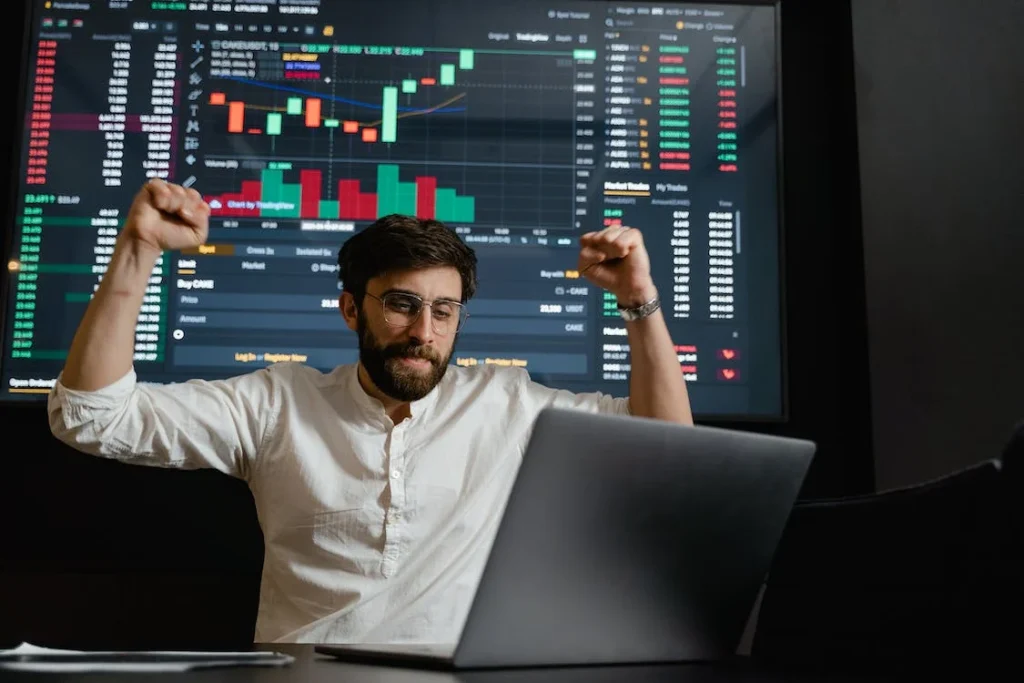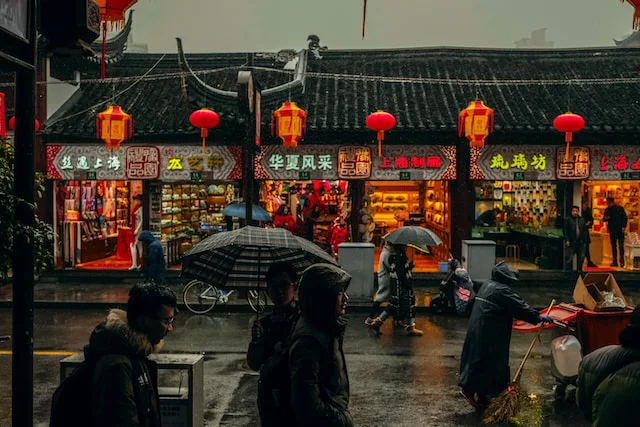
Understanding the Economic Machine: A Comprehensive Analysis
In the complex world of economics, a simple yet powerful machine drives the global economy. Unfortunately, many individuals either fail to comprehend its workings or hold differing views on its functioning. This lack of understanding has resulted in unnecessary economic hardship. Recognizing the need to shed light on this subject, I feel compelled to share my unconventional, yet practical, economic template. Developed over three decades, this template has allowed me to anticipate and navigate through global financial crises successfully. In the following article, we will explore the mechanics of the economic machine, divided into multiple sections for clarity and comprehension.

The Basics: Transactions and Markets
At its core, an economy operates on a series of transactions, forming the building blocks of the economic machine. These transactions, which occur countless times, involve the exchange of money or credit between buyers and sellers for goods, services, or financial assets. By aggregating all transactions, we can understand the overall economy. Markets, on the other hand, consist of buyers and sellers engaging in transactions for specific goods or services. When we sum up the total spending and quantity sold in all markets, we gain a comprehensive understanding of the economy.
The Role of Key Players: Individuals, Businesses, Governments, and Banks
In the realm of transactions, various entities participate, including individuals, businesses, governments, and banks. Governments, functioning as the largest buyer and sellers, consist of two vital components: the Central Government, responsible for tax collection and spending, and the Central Bank, different from other participants due to its control over the money supply and interest rates. Credit, an essential aspect of the economy, plays a significant role, acting as a catalyst for economic growth. Borrowers and lenders engage in transactions, where borrowers promise to repay the principal and interest, creating credit. However, credit immediately transforms into debt, representing an asset for lenders and a liability for borrowers. It is crucial to comprehend the nature of credit, as it drives economic cycles and impacts economic growth.
The Forces Driving Economic Movements
To comprehend the dynamics of the economy, we need to understand the three primary forces driving economic movements: productivity growth, the short-term debt cycle, and the long-term debt cycle. Transactions are influenced by these forces, creating a framework to analyze economic trends. Productivity growth, fueled by innovation and hard work, leads to increased living standards over time. While productivity matters in the long run, credit assumes greater importance in the short run. Credit allows for increased spending, as one person’s spending becomes another person’s income. This self-reinforcing pattern fosters economic growth and gives rise to cycles.
The Short-Term Debt Cycle
The short-term debt cycle spans 5 to 8 years and operates primarily through credit availability. During an economic expansion, characterized by increasing economic activity, spending rises, leading to inflation. To curb inflation, central banks raise interest rates, limiting borrowing capacity. Reduced borrowing and higher debt repayments result in decreased spending, leading to deflation and economic contraction. To counteract this, central banks lower interest rates to stimulate borrowing, initiating another expansion. Central banks primarily control the short-term debt cycle and manifest as a repeating pattern over decades.
The Long-Term Debt Cycle
The long-term debt cycle, evolving over 75 to 100 years, emerges as a result of increased indebtedness. In times of economic growth, borrowers and lenders become complacent, assuming higher debt burdens. Rising incomes and asset values enable borrowers to remain creditworthy. However, over time, debt burdens surpass income growth, leading to reduced spending, declining revenues, and diminished creditworthiness. This triggers a deleveraging phase, characterized by falling asset prices, bank crises, and social tensions. Unlike a typical recession, interest rates.














